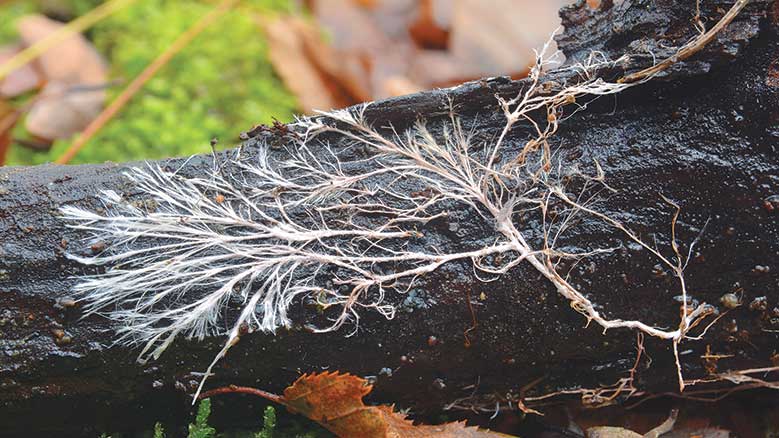At the close of my student year at Pendle Hill outside of Philadelphia—when I had the time and resources—I was sensitive to the leadings of the spirit more than I had been before. One day I learned the legend of Saint James, and it touched me. I decided to wander like a pilgrim to the place where St. James was believed to be buried. I hoped the Spirit would guide me on my pilgrimage.
It is said that the followers of St. James petitioned his executioners to retrieve his body after he had been beheaded. They quickly put his remains in a coffin and hurried toward the sea to avoid any attempts by others to seize or defile the body. Then they boarded a ship and sailed westward, the length of the Mediterranean, through the Straits of Gibraltar, and, drifting with wind and tides, maneuvered their way up the western side of the Iberian Peninsula. When the followers of St. James reached land, they were on what is now the far northwestern part of Spain. They reverently carried the coffin ashore, walked inland with it, and buried it in a field where they thought it would lie undisturbed. The grave was not marked, but the coffin was.
Those followers grew old and died and so did their descendents. Those who knew the secret of the burial site grew old and died. Eight hundred years passed until the hand of God (or force of geological pressure) worked the coffin to the surface of the land in which it had lain for so long. Shepherds were then possessors of the land and they were amazed, as shepherds are wont to be, when they found the box one starry night emerging from the earth. It was soon determined from signs on the coffin lid that a tremendous treasure had been bestowed on this Spanish field. St. James (for he was a saint by then) had been found in a field of stars. The beginnings of a tremendous cathedral were immediately built around the holy place.
Word of the discovery spread through Christendom. It was, admittedly, also a time when the Bishop of Rome was willing to sell indulgences and to grant dispensations for a price. In those days, visiting holy places was an assured way of acquiring dispensations. The roads from everywhere to Santiago de Campostella began to swell with pilgrims. South they came from France, starting under the shade trees on the Left Bank and under the shadow of Notre Dame. They walked around the Bay of Biscay, across the mountains, and then westward, mile by mile, toward their goal. Dotted along the way are the hostels, hospices, inns, chapels and hospitals that saintly or avaricious men and women operated for the relief of those travelers. Illness and death, robbery and rape were common occurrences for the pilgrims, but still they came.
I traveled that route, relatively insulated from any of the terrors that once lurked in every stand of trees and river crossing. At last, I too came to Santiago de Campostella, and I sensed that the faith of these pilgrims had entered my being. When I approached the Rococo façade of the cathedral—now so much more grand and glorious than ever anticipated by those who made the original miraculous discovery twelve hundred years ago—I began to tire, to acquire a trembling awareness of what it would have meant to others to arrive at their destination. Once up the massive steps, I entered a portico to discover an interior, earlier wall of the cathedral covered with exquisite carvings. Pillars and arches, statuary and lessons in stone were all there for the illiterate to look at and learn from. In the nave below, I saw that the remains of St. James were kept in a silver reliquary. Here was the end of the road. The struggles were over, the goal achieved. I was in the presence of an apostle of the Lord.
The central pillar of this exterior hallway was carved in a design referred to as the Tree of Jesse: Jesse from whom David and Jesus sprung, from whom I am a spiritual descendent. At shoulder height in the pillar were four indentations, smooth interruptions in the twisting and twining of the stone branches. I fit my fingers into those indentations and gained a sense of awe, of strength and weakness all at once. This was where countless other hands had been placed by weary travelers who had reached their goal; the weight of mankind had worn those indentations over the course of centuries. They were comforting and inspiring, for they were where faith began.
I was overcome, captured for one glowing moment by faith. I looked to St. James and thanked him for this unexpected blessing.
I can claim a dispensation if I wish. I can join those others who wear the cockle shell of St. James with pride—that select company who can give this evidence of their pilgrimage to his shrine. But I don’t do this, for I am a Quaker of this century. What I wear shows only in my innermost being. It is the badge of wonder, of appreciation for something greater than I. I was touched by faith as I walked in the path of the faithful.




Comments on Friendsjournal.org may be used in the Forum of the print magazine and may be edited for length and clarity.